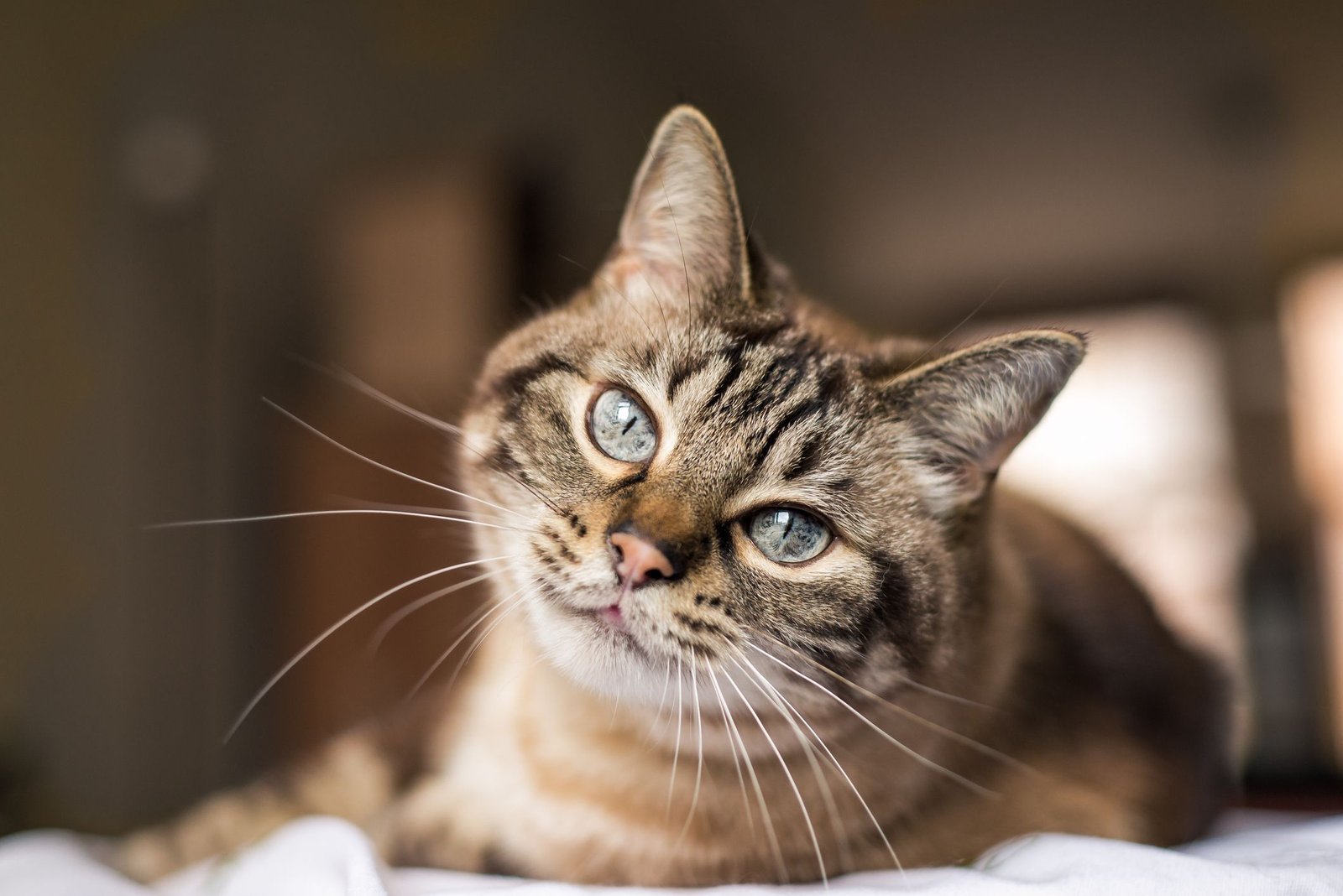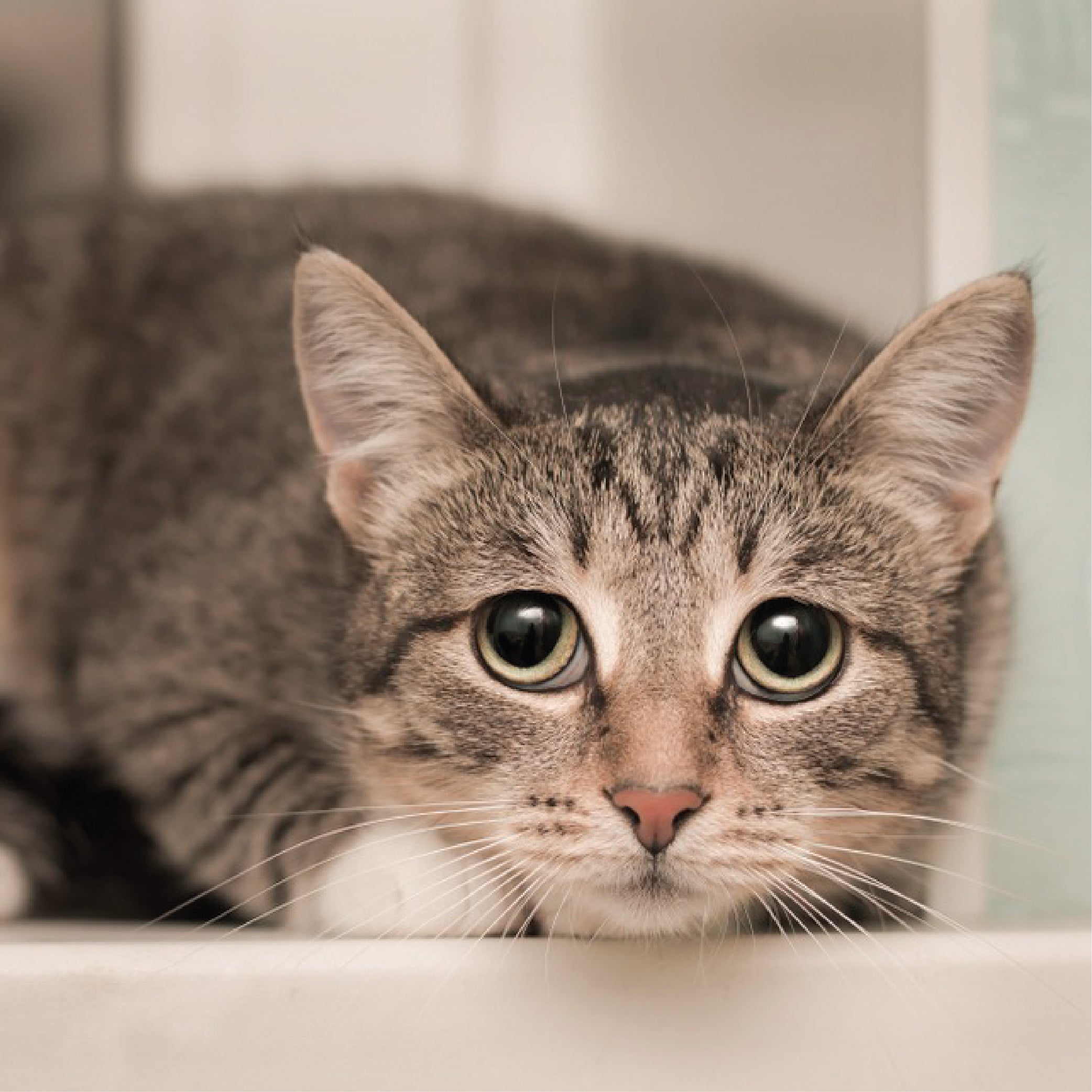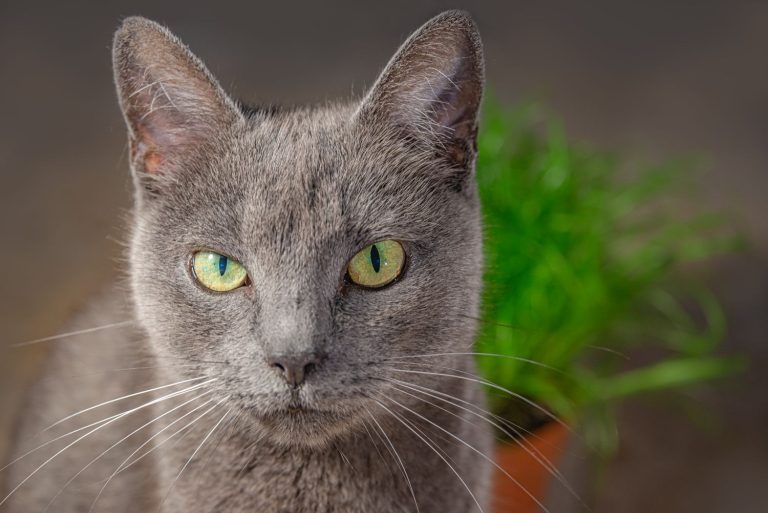
Cats think about hunting, exploring their territory, and seeking companionship. Cats’ thoughts revolve around their primal instincts and basic survival and social interaction needs.
They have an innate drive to chase and catch prey, mark their territory, and establish social bonds with other cats or humans. These thoughts guide their behaviour and shape their daily activities. Understanding what goes on in a cat’s mind can help us provide them with a stimulating environment and meet their needs for mental and physical engagement.
By catering to their instincts and providing suitable outlets for their natural behaviours, we can ensure that our feline friends lead happy and fulfilling lives.

The Inner World Of Cats
Have you ever wondered what goes on inside a cat’s mind? Cats are known for their mysterious and independent nature, leaving us to speculate about their thoughts. While we can never honestly understand what cats are thinking, we can gain insights into their inner world based on their behaviours and interactions with the world around them. In this article, we will explore what cats think about, delving into their mindsets and shedding light on their perception, emotions, and social relationships.
Understanding A Cat’s Mind
When understanding a cat’s mind, it is essential to recognize that cats have a unique way of perceiving the world. Unlike humans and other animals, cats rely heavily on their senses, particularly acute hearing and sharp vision, to gather information. Their highly developed sensory system helps them navigate their environment, hunt for prey, and avoid potential threats.
A cat’s mind is wired to prioritize survival instincts, including self-preservation and securing resources such as food and territory. This innate drive influences their thoughts and actions, shaping their decision-making and overall behaviour.
Perception And Sensation
Cats perceive the world in a different way than we do. Their ability to detect high-frequency sounds allows them to hear prey and predators that may escape our ears. Cats can also distinguish various scents; olfaction is crucial in communication and information gathering.
Additionally, cats possess exceptional night vision, enabling them to see in low-light conditions and spot movements that we might overlook. This enhanced visual perception helps them navigate and hunt effectively, honed over generations of evolution as nocturnal predators.
Emotions And Social Relationships
Contrary to popular belief, cats are not as solitary as they may appear. While they may have an independent streak, cats can form emotional bonds with humans and other animals. They can experience various emotions, including happiness, contentment, fear, and stress.
Cats are also social animals, and their relationships with other cats and humans play a significant role in their mental well-being. They establish territories, engage in play, and communicate through body language, vocalizations, and scent marking.
Understanding the intricacies of a cat’s mind gives us a glimpse into their world and helps us build stronger connections with our feline companions. We can create a rewarding and fulfilling relationship with our cats by respecting their unique needs and providing an enriching environment.
| Perception | Sensation | Emotions and Social Relationships |
|---|---|---|
|
|
|
Cats And Their Surroundings
Cats are curious creatures, constantly observing their surroundings with mystery. Their thoughts remain a mystery as they navigate the world with their unique perspective.
Cats are mysterious creatures, often leaving us wondering what goes on inside their minds. Regarding their surroundings, cats have a unique way of perceiving and interacting with their environment. Understanding how cats think about their surroundings can help us provide our feline friends with a happier and more enriching life. Let’s dive deeper into the intriguing world of cats and explore some aspects of their surroundings!
Exploring The Territory
Cats are natural explorers, always curious to investigate their surroundings. They have a keen sense of adventure and love to roam and claim their territory. Whether it’s the backyard, the living room, or even the neighbourhood, cats have an innate need to explore and mark their presence. Cats can satisfy their curiosity, exercise their hunting instincts, and engage their senses by exploring new areas. This constant exploration helps cats feel more confident and secure in their environment.
Scents And Marking
One of the primary ways cats understand and interact with their surroundings is through their keen sense of smell. Cats use their sense of smell to decipher scents left by other animals, mark their territory, and communicate with other cats. By rubbing their cheeks or scratching surfaces, cats leave behind pheromones, signalling ownership and familiarizing themselves with their surroundings. This scent communication allows cats to establish a sense of belonging, reduce stress, and create a safe and familiar environment.
The Importance Of Play
Play is an essential aspect of a cat’s life and significantly contributes to how they perceive their surroundings. Cats can engage their bodies and minds through play, mimic hunting behaviours, and sharpen their skills. Playtime not only keeps our feline friends physically active but also mentally stimulated. It helps them explore their surroundings playfully and interactively, promoting a sense of satisfaction, happiness, and overall well-being. To ensure a positive play experience, providing cats with various toys, scratching posts, and interactive activities that encourage their instincts is essential.
In conclusion, understanding how cats think about their surroundings is crucial to providing them with a fulfilling and enriched life. By acknowledging their need for exploration, recognizing the significance of scent marking, and promoting play, we can create an environment that caters to our feline companions’ instincts and behaviours. Remember, a happy cat is a contented cat, and a contented cat is a joy to have around!
Communicating With Humans
Cats have fascinating thoughts, pondering their surroundings, hunting instincts, and the joy of play. Understanding their curious minds can lead to more robust communication and deeper connections.
Vocalizations And Body Language
Behavioural Cues
Building Trust And Affection
When it comes to communicating with humans, cats have their unique ways of expressing themselves. Understanding their vocalizations and body language, deciphering their behavioural cues, and building trust and affection are crucial for developing a strong bond with your feline friend.
Vocalizations And Body Language
Cats communicate through a variety of vocalizations and body language cues. You can better understand what your cat is trying to convey by paying attention to these signals. Here are some common ways cats use vocalizations and body language to communicate:
Vocalizations:
Meowing: Cats often vocalize through meowing, ranging from a friendly greeting to a request for attention or food. Please pay attention to the tone and intensity of their meows to gauge their needs.
Purring: Purring is a comforting sound that cats make when they are content or seeking affection. It can also indicate pain or discomfort, so it’s essential to consider the context.
Body Language:
Tail: A cat’s tail can tell a lot about their mood. A straight or slightly curved tail generally signifies a calm and content cat. If the tail is puffed up, it may indicate fear or aggression.
Ears: The position of a cat’s ears can reveal their emotional state. Forward-facing ears indicate curiosity or attentiveness, while sideways or flattened ears may suggest fear or anxiety.
Behavioural Cues
In addition to vocalizations and body language, cats use behavioural cues to communicate their needs and emotions. Understanding these cues can strengthen your bond with your cat and ensure their well-being.
Grooming: Cats groom themselves to keep clean, but excessive grooming can signify stress or discomfort. Look for any unusual grooming patterns and address any underlying issues.
Litter Box Behavior: Changes in litter box habits can indicate potential health problems or stress. If your cat starts urinating outside the litter box, it’s essential to consult a veterinarian to rule out any medical conditions.
Play Behavior: Play behaviour is a way for cats to entertain themselves and a means of communication. Pay attention to your cat’s play style and preferences, as they can provide valuable insights into their personality.
Building Trust And Affection
Building trust and affection with your cat is a gradual process that requires patience and understanding. Here are some ways to cultivate a strong bond:
Respect Boundaries: Cats are independent animals, so respecting their personal space is essential. Allow them to approach you on their terms and avoid forcing interactions.
Positive Reinforcement: Reward your cat with treats, gentle praises, and playtime to reinforce positive behaviour. This encourages trust and helps them associate you with pleasurable experiences.
Quality Time: Spend quality time together, engaging in activities your cat enjoys. Whether playing with interactive toys or brushing their fur, bonding activities create a sense of security and strengthen your relationship.
Consistency: Cats thrive on routine, so maintaining a consistent schedule for feeding, playtime, and sleep will provide them with a sense of stability and predictability.
You can communicate effectively with your feline companion by understanding your cat’s vocalizations, interpreting their body language, recognizing behavioural cues, and nurturing trust and affection. This deeper understanding will enhance your bond and ensure a harmonious relationship.


Frequently Asked Questions For What Do Cats Think About?
What Do Cats Think About When They Stare Out The Window?
Cats love to observe the world outside, and when they stare out the window, they may be daydreaming about hunting prey, enjoying the scenery, or simply being curious about what’s happening outside.
Why Do Cats Knead?
Kneading is an instinctual behaviour in cats that dates back to their kittenhood. Cats knead to show contentment, mark their territory with scent glands in their paws, and make a cosy spot for themselves.
Do Cats Understand Human Emotions?
While cats may not understand human emotions as humans do, they are highly perceptive and can pick up on our moods through body language, tone of voice, and scent. They often provide comfort and companionship when we’re feeling down.
How Do Cats Show Affection?
Cats have various ways of showing affection. They may rub against you, purr, knead, give head bumps, or bring you “gifts” like dead prey. Each cat has its unique way of expressing love and bond with their human companion.
Conclusion
In the realm of cats, their thoughts remain a fascinating mystery. Although we can’t answer the question definitively, we can explore their behaviours and instincts to gain insight into their complex minds. From observation, it is evident that cats think about their territory, hunting, social interactions, and daily routines.
Understanding these aspects can deepen our bond with our feline companions and ensure their well-being.



